The Mando Footloose is mixed bag for me, the concept of a series hybrid electric bicycle is very novel (one where you pedal to charge the battery and the system itself is all electric) but in practice it’s just not that fun. For some riders who want a consistent resistance akin to an exercise bike from the 80’s it might be perfect! It’s not especially light weight at ~50 lbs but the compact frame design should allow it to fit in elevators and closets more readily. The mid-step frame allows just about anyone to mount and stand over comfortably and five classic colors mean you can get a his and hers thing going ;) My favorite part about the Mando Footloose iM is that it’s so much cheaper than the folding Mando Footloose I reviewed a while back. Not only was that bike over $1k more, it also made a bunch of grinding noises… but it was a demo model, a fairly old one at that. Perhaps the previous riders had rolled the bicycle backwards too much (something that is expressly discouraged in the manual).
Speaking of the motor! I’m not actually sure if it’s geared or gearless? Most ebikes that are capable of electricity regeneration use large heavy gearless motors but this one is relatively small. The manual says it’s a 250 watt “dual winding” design and that could refer to two RPM settings (one for fast and one for slow with a gear that switches as the motor spins increasingly fast). It makes sense, one optimized speed for climbing and cruising slowly with another that’s designed for higher speed (up to 15 mph). Whatever the case, 250 watts is a fairly unimpressive figure in the US where the upper legal limit is 750 watts. There are more and more mid-drive ebikes with the 250 watt rating but those motors are able to leverage the rear cassette or geared hub with up to 10 gears sometimes… I view them as efficient and well balanced while I view this hub motor as a bit outdated, underpowered and possibly fragile. It’s completely concealed behind an aluminum cap that beautifully matches the rear wheel (both wheels are cast and should hold up well over time and under heavier weight loads). For flat paved terrain the motor worked fine and even felt zippy to me (I weigh ~135 lbs). There isn’t a rack for carrying extra gear but you could probably get a beam rack and position it below the suspension part at the top. Honestly, I’d probably just use this as a fun transport and not for commuting. I do love the softer ergonomic grips, gel saddle and nice suspension seat post because they smooth out the stiffer feel of the cast wheels and smaller diameter wheelset that tends to drop into divots vs. spanning them.
Powering the Footloose iM is an average sized Lithium-ion battery pack offering 36 volts of power and 8 amp hours of capacity. The way it fits into the frame eluded me at first and I figured it wasn’t removable… With a bit of manual reading however I discovered that you can indeed take it off by first pulling out the seat post. As you do this the battery case sort of clicks and allows you to pull further. Maybe it was just the unit I had to test but the seat post was very tight and had several scratches on it from previous removals. Getting the battery off the bike just took extra time and it didn’t seem as secure as other electric bikes which have locks to protect the battery. Once off, you need an extra plastic cap in order to charge the pack and this bugged me because it meant more screwing around and also the potential for lost pieces. I’d rather just charge the battery on the bike because it’s very easy and straightforward, just spin the little black cap below the seat tube area and plug it in! Still, to reduce the weight for transport or avoid exposure to extreme heat and cold it would be wise to remove the battery and at those times you’ll need to jump through a couple of hoops. One final complaint here, there’s no LED charge indicator on the pack so you won’t know how full it is when off the bike. Bummer considering the effort it takes to go on/off from the bike.
Okay, operations! Once the battery is charged and mounted properly in the frame this bike gets going fairly easily. The display has three buttons lining the bottom that allow you to cycle between manual and automatic mode as well as three levels of power (with increasing energy use as you go up). There’s some novelty in the backlit color interface and the fact that it’s removable but I wasn’t super impressed. The easiest mode felt difficult to pedal with and I wasn’t inspired to go for “harder” though I did try it out during my test rides. My favorite drive mode is actually “throttle” because it feels zippy and is super simple. For all of the marketing language around “human machine interface” that Mando uses this display just felt generic to me, it almost felt like there were extra modes that I would rarely use and I didn’t understand why color was necessary? When you’ve got a display like the Bosch Intuvia that does so much with black and white and makes changing assist levels super easy (thanks to a remote button pad) the Mando interface feels and sounds gimmicky.
This obviously isn’t my favorite e-bike… the kickstand was unnecessarily complicated and difficult to deploy and retract, the frame felt flexy, the lights are independent and require extra batteries, pedaling feels unnatural and the motor surges as you pedal (because of the unnatural pedaling). This isn’t an especially fast or powerful ebike (by US standards) and it doesn’t seem that rugged but it is unique and beautiful. The cables are run through the frame, you get color options, the annoying kickstand practically disappears when stowed and the fenders fade into the tires. If you want to try something new, this is the more affordable way to do it (at least from Mando) and I love that they are exploring what an ebike can be. I realize there’s a lot of criticism in here but it’s amazing that they are producing something like this. Maybe it’s just me? I just feel like if the designers and leaders of the company were forced to ride this bike for 5 miles a day for one week and then forced to ride some other smaller model like the Kalkhoff Sahel Compact i8 or BESV Panther they would appreciate how much opportunity there is to make their bike feel fun and natural. It’s all about the pedaling really, if the bike had a smoother motion that built momentum instead of feeling like a dry pulley I would be a lot more open to the series hybrid thing, though possibly still not fully convinced on its value over traditional belt, chain or shaft drive.
Pros:
- The Footloose iM feels stiffer than the original folding Mando I reviewed a while back and might be sturdier for heavier riders, it’s still a bit flexy with the single-tube design
- Constant and consistant pedaling feel might improve cardiovascular workout for riders, I felt more of a burn pedaling this bike because you never really coast on the pedals unless you stop pedaling alltogether (this could be a con for people who don’t want a workout)
- Shorter frame is easier to fit on elevators or in a closet if you live upstairs or in an apartment, the mid-step design is comfortable to mount and stand over
- Beautiful clean look with integrated battery, tight fenders and add-on lights, it’s an eye catching design that feels minimalistic
- The cast wheels should stay true and require less maintenance than a traditional spoked wheel but they also weigh a bit more
- The stitched ergonomic grips look and feel great, the gel saddle from Selle Royal is a nice upgrade when combined with the suspension seat post
- Quick release on the front wheel makes it even more compact for transport (and easier to service) the rear tire can be removed without taking the wheel off at all
- Display panel is removable which is great if you park in a public place or in the elements, take it with you to reduce wear
- The smaller 20″ wheels create a mechanical advantage for the rear mounted hub motor allowing it to climb a bit more effectively than if it were standard 26″
- Automatic ride mode senses terrain (flats vs. hills) and lets you focus on pedaling while it regulates the motor at two speeds
- Unique eye-catching design is available in several fun colors with sleek silver accents that might improve your visual footprint for safer riding
- Includes an anti theft system which is activated through the LCD display, it disables the rear wheel so the pedals won’t move the bike
- Good stopping power thanks to Avid mechanical disc brakes front and rear, matching plastic fenders hug both wheels and keep you clean and dry
- At 295.2 watt hours, the battery in this bike allows it to be checked on flights according to the FAA terms which limit Lithium-ion batteries to 300 watts or less
Cons:
- The seat post has to be removed in order to get the battery off for transport or independent charging, I found this to be a bit difficult and the post was getting scratched up
- If you decide to charge the battery off the bike you need to use an extra cap thing to plug it in, this takes extra time and because there’s an extra part floating around it becomes easier to misplace or lose
- Overall, the ride just didn’t feel that satisfying to me and it lacked a fluid motion that traditional bicycles offer once you’re up to speed, it felt like pushing into sand or walking in deep snow
- I really dislike the kickstand, it takes a lot of extra energy to setup compared with a normal kickstand… that you can actually “kick” to stow, this one requires you to grab with your hands (which could be messy)
- The lights run off of independent batteries, be careful not to leave them on accidentally… would be nice if they ran off of the main pack for convenience and to reduce waste
- No bottle cage mounting points on the downtube or seat tube which means you’ll need to add one to the seat post or saddle rails, wear a CamelBak or setup a rear beam rack
- Extremely limited availability in the United States, may be difficult to test ride before buying
- No suspension fork, active stiff saddle and smaller 20″ diameter wheels contribute to a bumpier ride though the 2″ tires help to cushion a bit
Resources:
- Official Site: http://www.mandofootloose.com/
- More Pictures: https://goo.gl/photos/7BXhqXNQMtDHUgycA

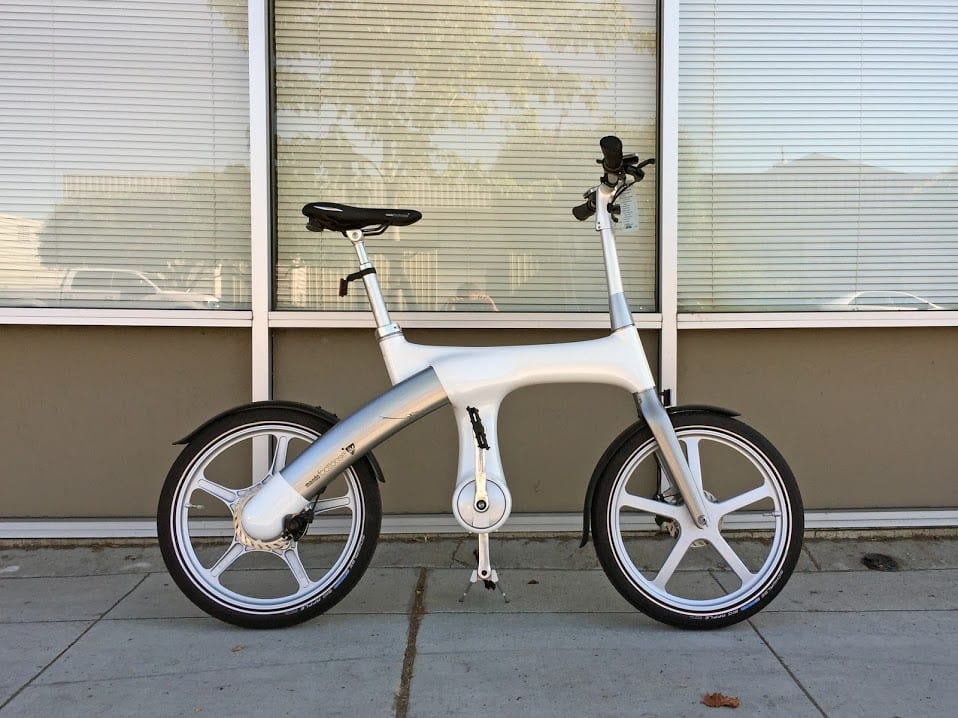
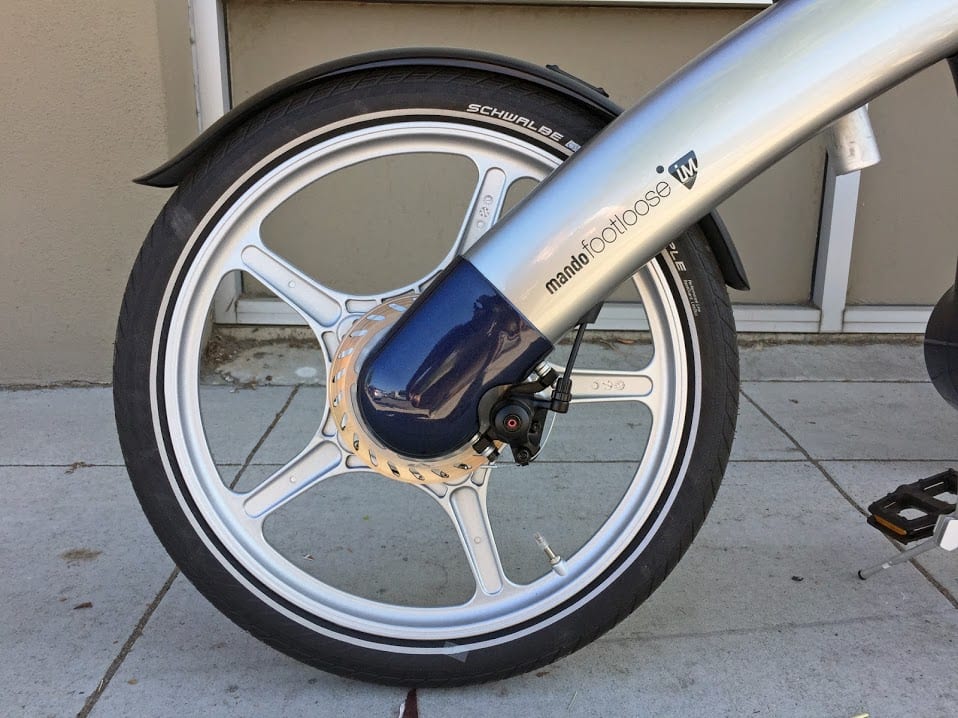
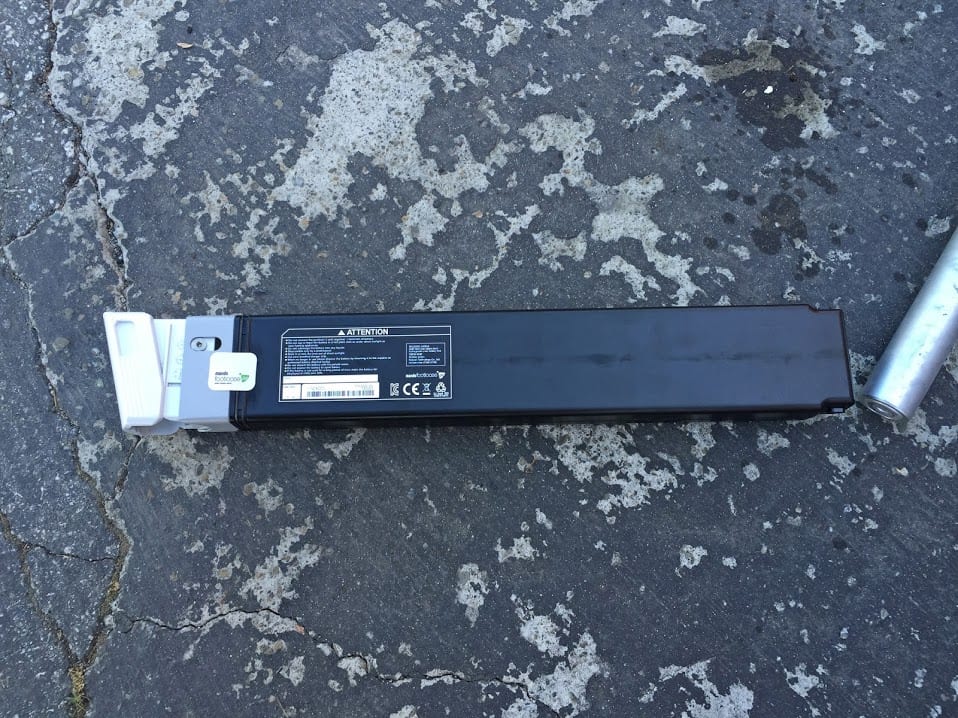
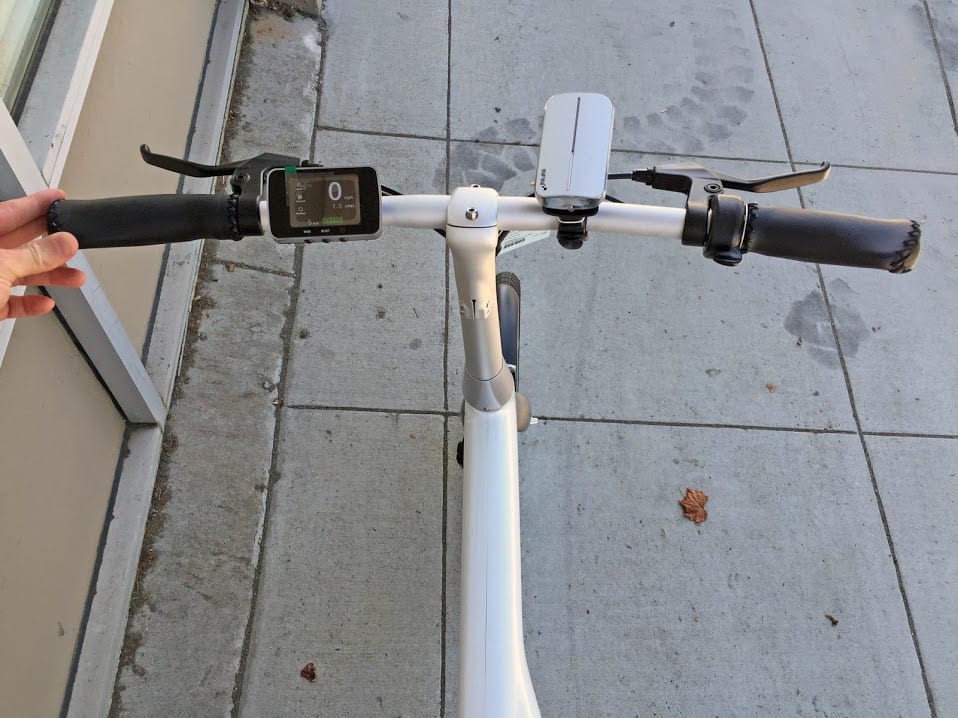
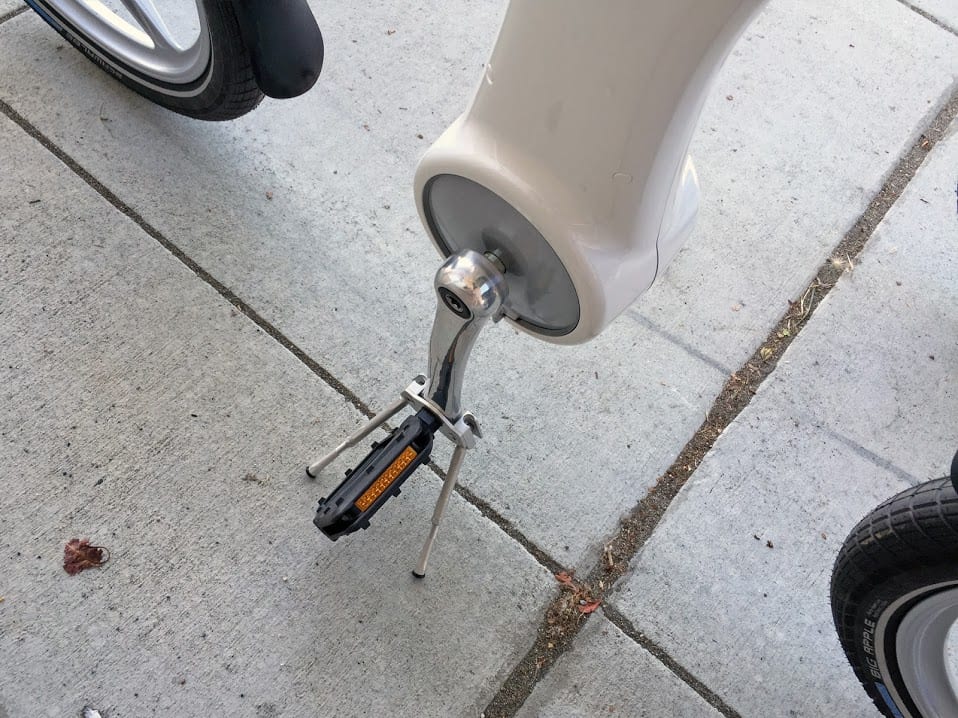
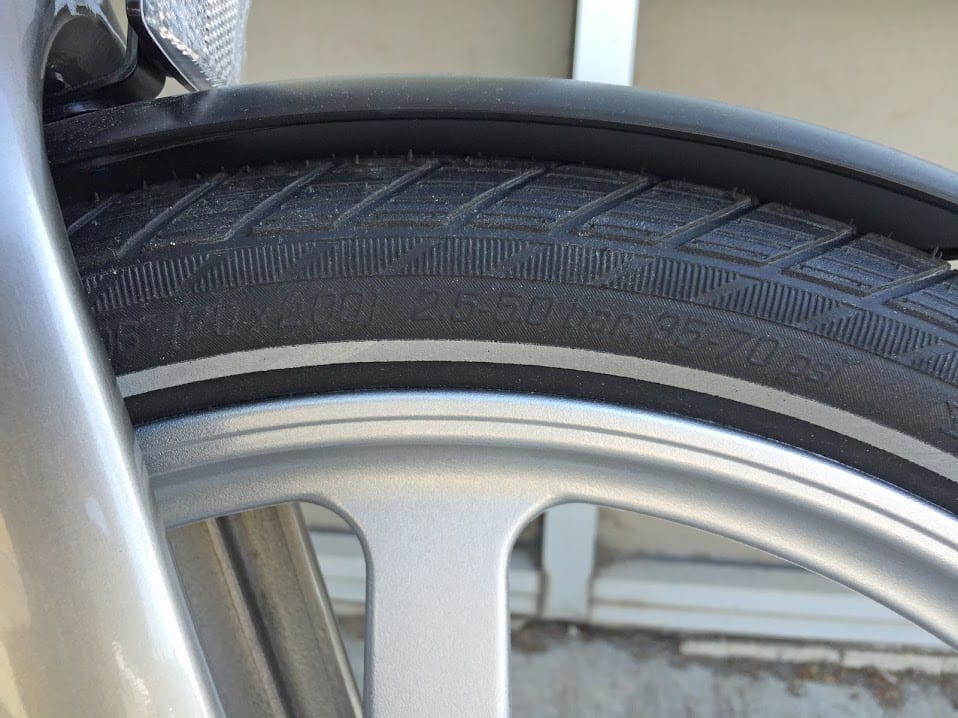
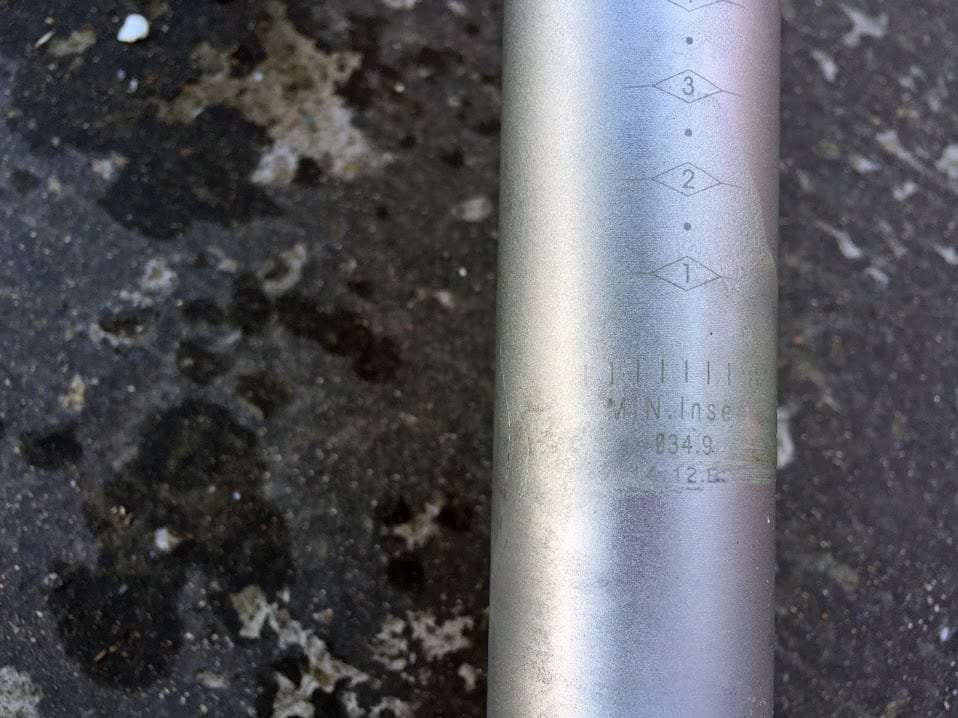
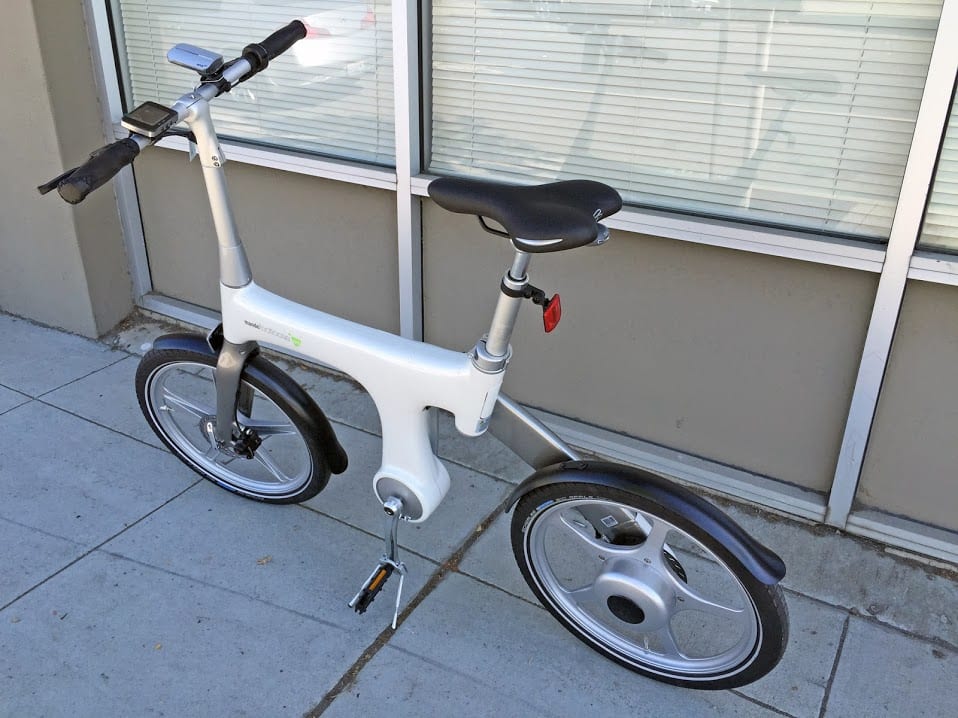
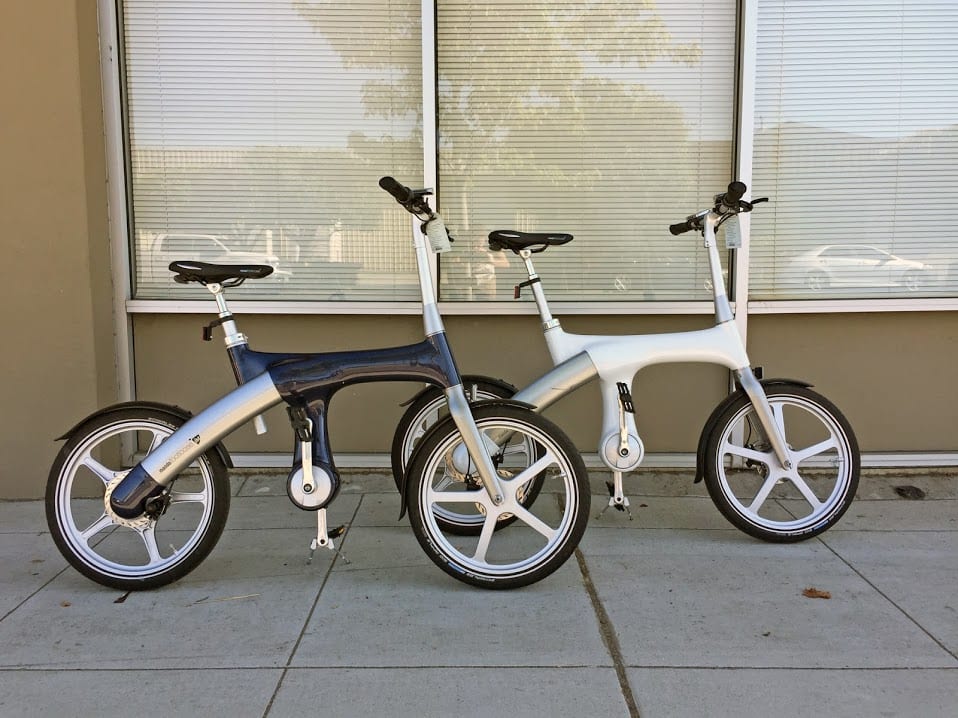
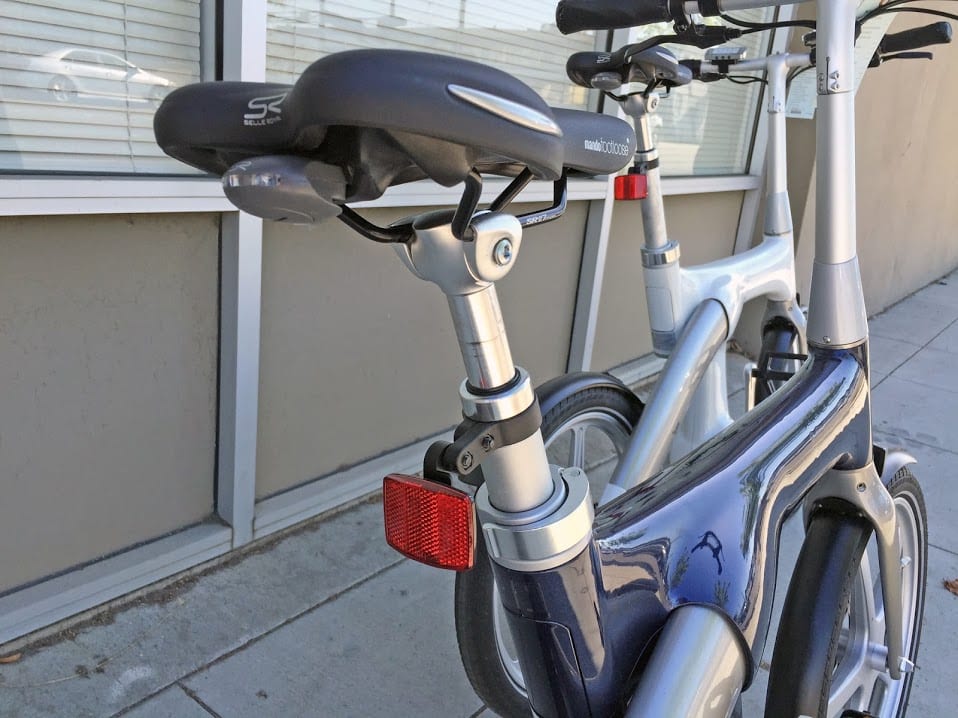
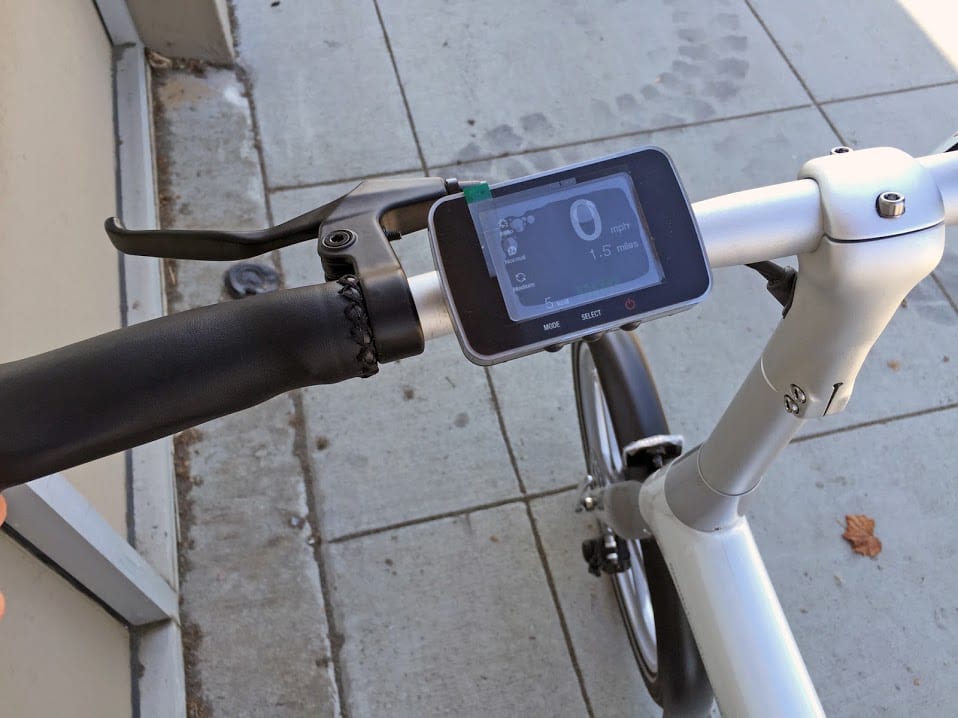

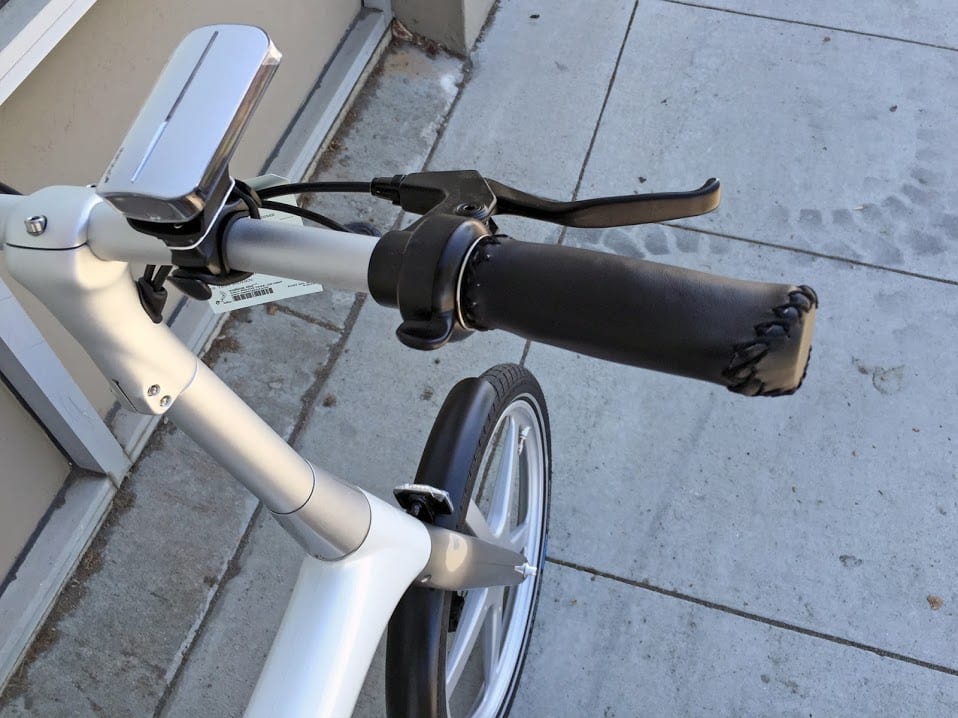
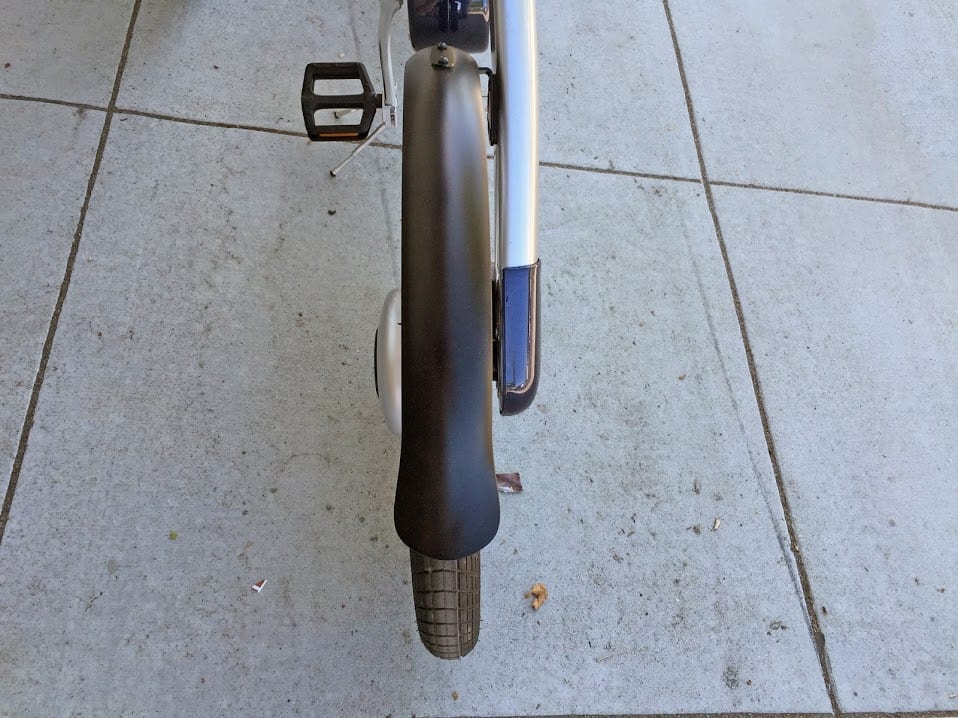
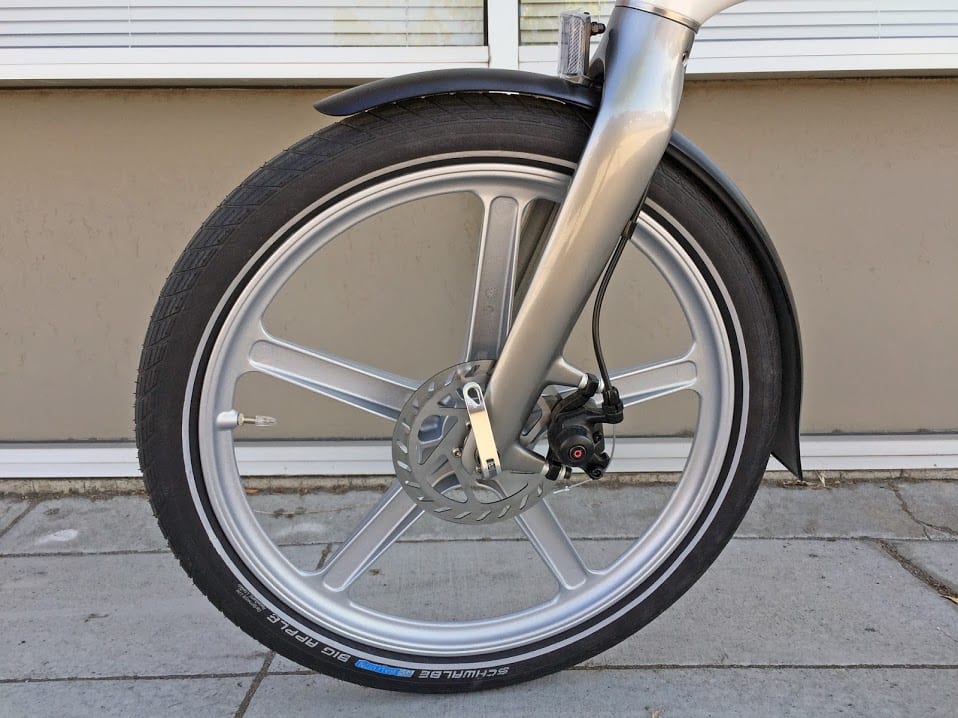

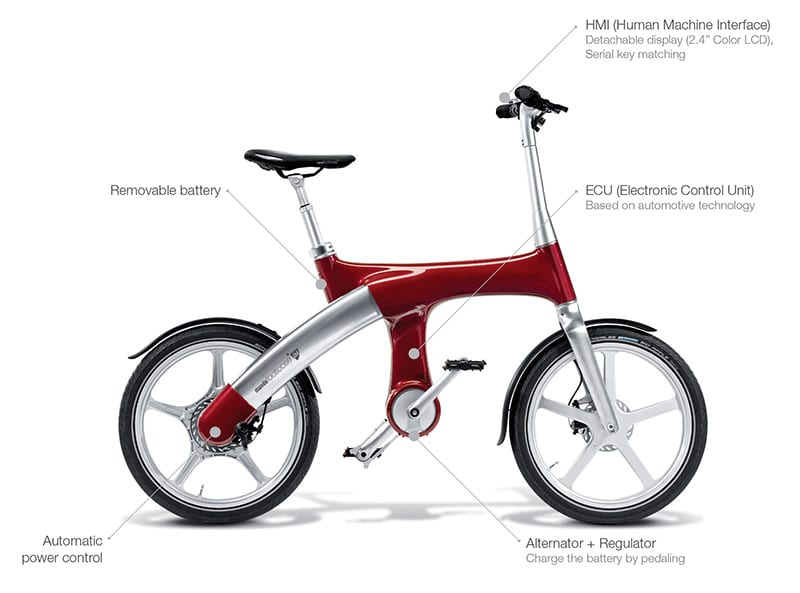

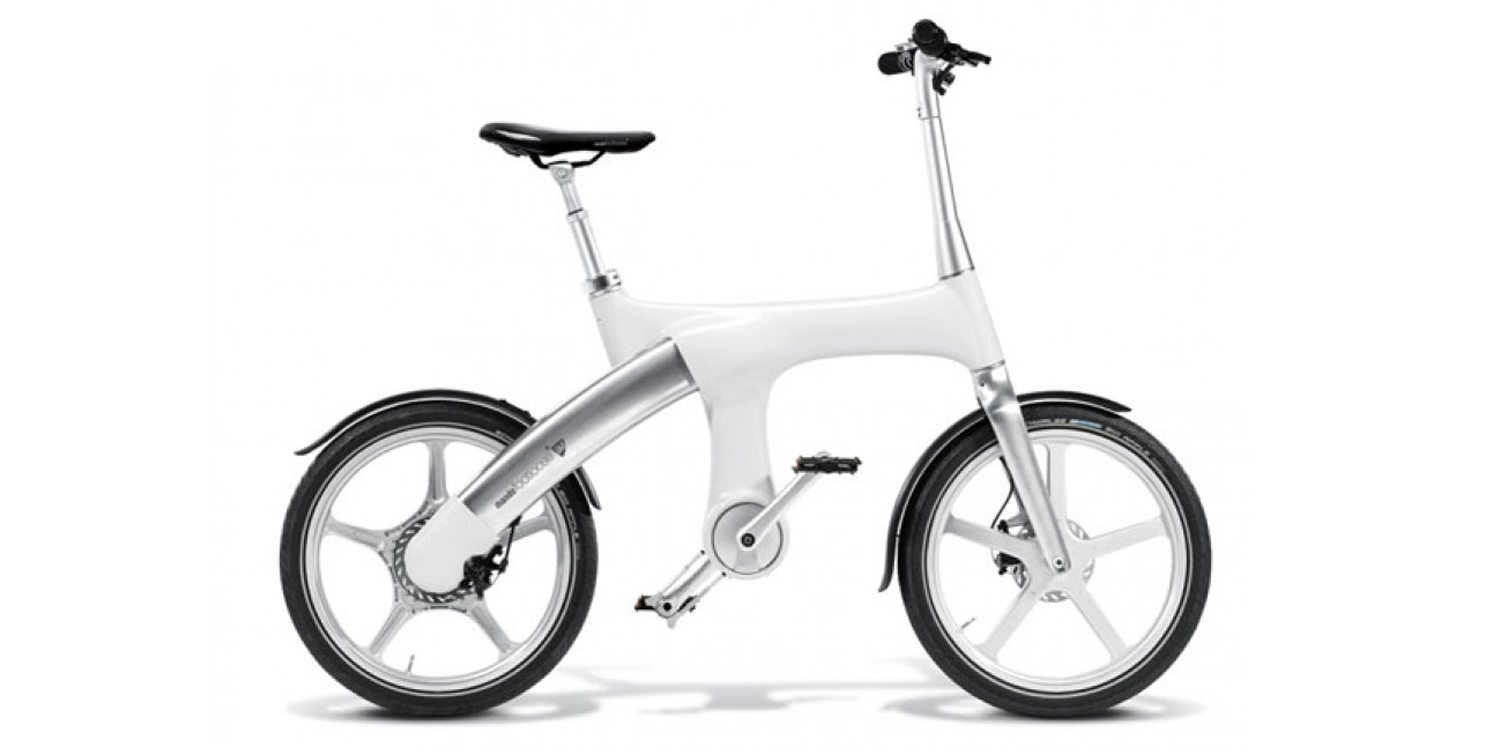

Benjamin Nead says
Thanks for this detailed review. I also enjoyed the one you did on the folding (original) version of the Mando Footloose. The chainless/beltless serial hybrid idea is certainly intriguing. I’m glad you were able to objectively point out both it’s advantages and deficits. It’s too easy to be a bicycling traditionalist and quickly dismiss something like this out of hand and, likewise, a starry-eyed futurist who can’t evaluate real world practical concerns.
Do you know if the iM’s seat can adjust for taller riders and is there a suggested upper rider weight limit? I’m thinking about folks, like me, who are around 6′ 2″ tall and may, on certain days (after too much pizza, perhaps?) push slightly past 225 lbs.
Also . . . while looking around on the internet for additional info on the Mando Footloose line, I came across a few mentions and images of a larger and more powerful variant (26″ wheels, ~500 Watt motor) that was being shown as a concept in 2015 at Interbike. Any idea if we’ll ever see a production version of that one?
Court Rye says
Thanks for the compliments on my review balance Benjamin! I had not heard about a larger more powerful version but that sounds interesting for sure. As a taller, heavier rider I’m sure it’s tricky to get a feel for how these “one size” ebikes would work. Depending on where you live maybe it’s possible to visit a dealer? But I believe they are few and far between :/ my advice is usually to look close at the pictures and consider longer and taller stems and taller seat posts as options. These could help you reach a more comfortable seating position and leg extension but the Mando could still feel underpowered if you’re going up inclines. That was one of the biggest drawbacks for me, it just felt average in terms of power and there was no way to get around that since pedaling charges batteries vs. adding torque and power.
Benjamin Nead says
From home here in Tucson, Arizona, I’d probably find one of the southern California dealers to be my best option. But, honestly, I’m only window shopping at this point. I’m still a few years from paying off my little used electric car – a Mitsubishi i-MiEV that cost me about as much as nicer new eBike. It’s an overly tall hatchback and, with the rear seats folded down, well suited for hauling around a bike of some sort.
Before this EV, I commuted to work via a late model Raleigh steel framed single speed. I found the frame on Craigslist and basically built it up myself with 650B wheels that were laced for me by a local shop. I also did a lot of riding in town on a Montague mountain bike folder, which is splendid modern design. That one might be a candidate for a homebrew ebike conversion someday. We’ll see.
But, yeah, the Footloose iM is a beautiful piece of industrial engineering. I know it shouldn’t be judged under normal peddling criteria, since it lacks a chain. Some would argue – perhaps correctly – that it shouldn’t even be called a bicycle at all because of this. But we’re never going to get to the future unless we’re looking in that direction. I hope there is a refinement on motor performance in subsequent iM iterations, so it can do the hills and flat out speeds better than what you have observed. Here’s more information on that 2015 trade show larger format Footloose . . .